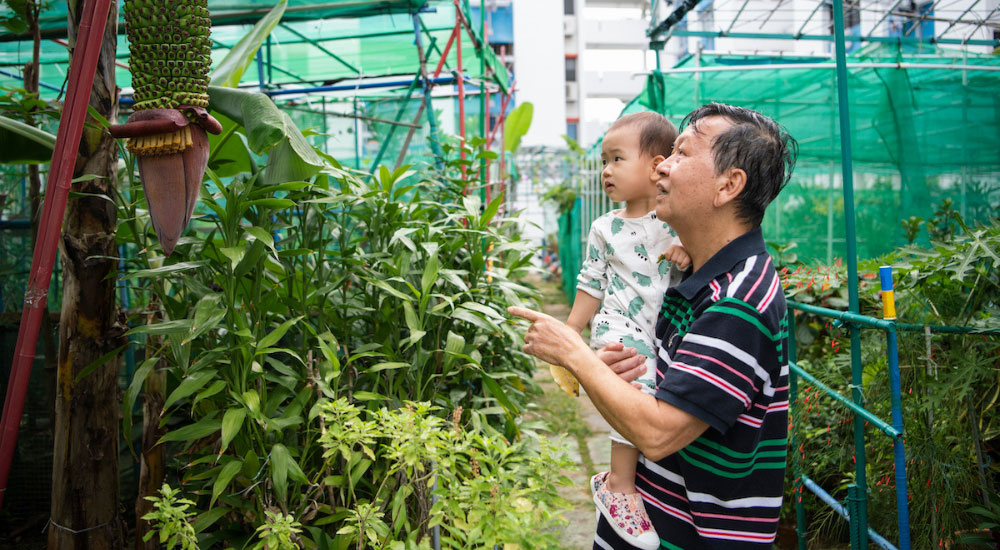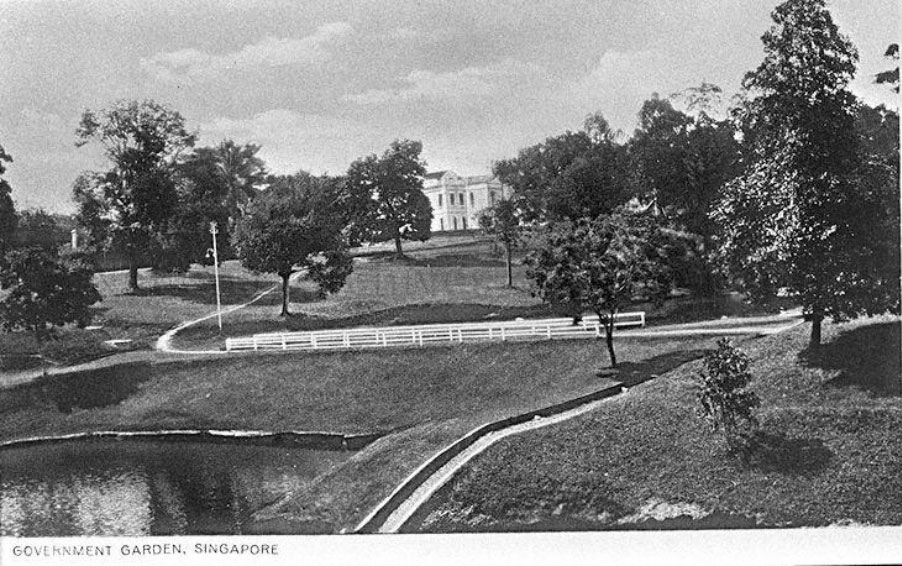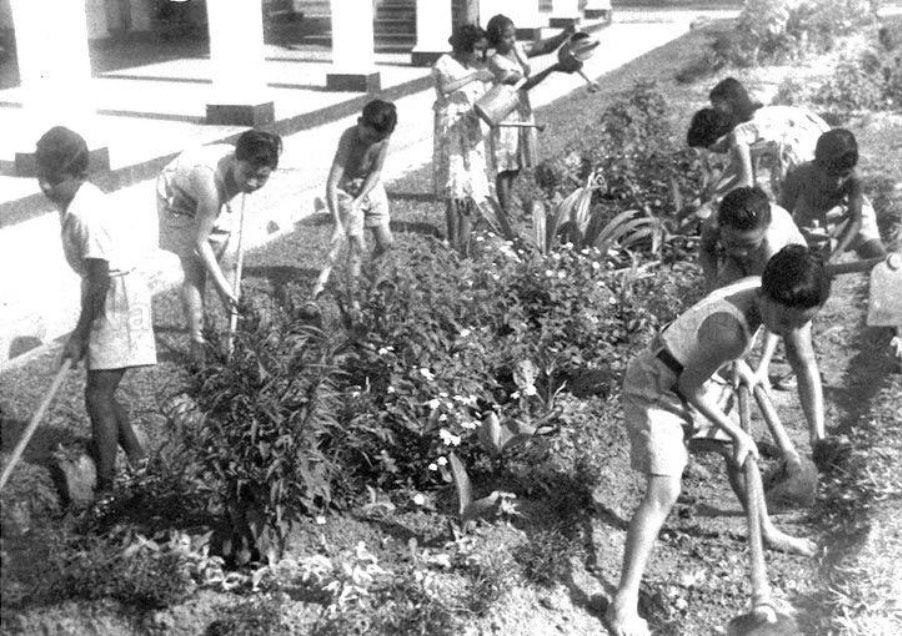World Cities Summit 2024
The ‘Other’ Garden City: Documenting Singapore’s Edible Gardening Heritage

Overview
In 2020, the National Parks Board (NParks) launched Gardening with Edibles, an initiative that distributed nearly 460,000 seed packs of edible plants to interested households to highlight the importance of food security. Yet, edible gardening is not a new phenomenon in Singapore.
SMU carried out a study, led by Associate Professor of Environmental History Fiona Williamson, on Singapore’s edible gardening heritage to document the practice and show how environmental histories provide us a connection to the past and lessons for the future.
Themes
Edible Gardens for Health and Wellbeing
In the late 1800s, the Garden City Movement in the West touted the connection between gardens and urban wellbeing. Such ideas eventually found their way into official circles in Singapore through trans-imperial knowledge networks.
At the time, some of Singapore’s health institutions also set up kitchen gardens to improve patient wellbeing. In 1917, for example, an institution for the mentally ill created a kitchen garden. Long before Khoo Teck Puat Hospital developed its concept of being ‘a garden in a hospital’, edible gardens had already been incorporated in Singapore’s hospitals.

A government garden in Singapore, 1920s. Photo from the Lim Choo Ming
Collection, courtesy of National Archives of Singapore.
Edible Gardens for Food Security
The outbreak of the First World War in 1914 disrupted global supply lines and created food shortages. To substitute rice, plantation workers grew ragi (finger millet), yam, and maize. Soon after, in the 1920s, a decline of the rubber industry in Singapore resulted in lower disposable incomes for many, which triggered a mass interest in people to grow their own food.
Across Malaya, the British government started campaigns to teach children gardening skills and provided incentives for people to convert their flower gardens into vegetable patches. The pressure to grow more food increased in 1939 with the start of the Second World War. By now, there was a concerted Grow More Food campaign coordinated through various government departments.
The campaign continued during the Japanese Occupation between 1942 and 1945. Orchard Road, for example, was planted with tapioca. The Japanese also added gardening to the school curriculum and encouraged self-sufficiency.
In the immediate post-war years, the British Military Administration revived the Grow More Food campaign and subsidised land and seeds to those who wanted to set up vegetable gardens. It also organised exhibitions for gardeners to present their produce.

Pupils of Bukit Panjang Government School gardening, 1952. Photo from the Bukit
Panjang Government School Collection, courtesy of National Archives of
Singapore.
Edible Gardens for Community Cohesion
Edible gardening continues to be practised in space-scarce Singapore, especially in community gardens. Most of these gardens, found in private and public housing estates, are part of NParks’ Community in Bloom (CIB) initiative. Launched in 2005, CIB brings people together to form gardening groups. Though not envisioned as food production spaces, 80% of the community gardens in public housing estates grow some sort of edible plant.
CIB was adapted from the Canadian Communities in Bloom movement, which was in turn modelled on the Britain in Bloom initiative. Hence, despite its relatively recent origins, Singapore’s CIB can still trace its genealogy back to the Garden City Movement in Britain.
Conclusion
Edible gardens have a long history in Singapore and hence an important place in the city’s heritage. Edible gardens are also a means of sustainability and food security.
In inquiring into edible gardening in Singapore, Associate Professor Williamson’s study aims to initiate the inclusion of vernacular gardening practices in Singapore’s Intangible Cultural Heritage Inventory and highlight the histories of ordinary people and practices.

Lead Researchers:
-
Fiona Williamson
Associate Professor of Environmental History, SMU College of Integrative Studies;
Urban Fellow, SMU Urban Institute -
Joshua Goh
PhD Candidate in Asian Urbanisms, SMU College of Integrative Studies
Funding organisation: National Heritage Board
Read more about this study: Growing Food in a Garden City
